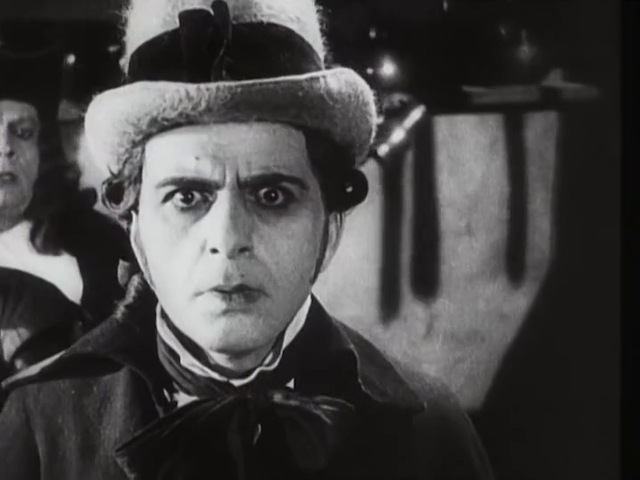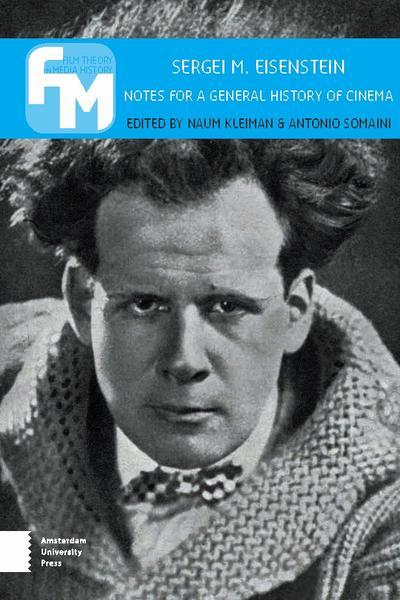Abel Gance – Napoléon Bonaparte (1935)
2011 restoration by La Cinémathèque Française of the re-edited sound version of Abel Gance’s 1927 epic silent film “Napoleon”.
French language only, no english subtitles.
One of the most high-profile casualties of the transition from silent to sound cinema was the French filmmaker Abel Gance. In the silent era, Gance had proven himself to be as great a cineaste as the other legendary pioneers of cinema, D.W. Griffith and Sergei Eisenstein, through a series of groundbreaking masterpieces that included J’accuse! (1919), La Roue (1923) and Napoléon (1927). It was the latter film that was to earn Gance particular acclaim and lasting recognition as one of the architects of cinema art, a five hour visionary epic that presented the early career of Napoléon Bonaparte with a visual artistry and panache that is, to this day, virtually unrivalled. As he struggled to make much of an impact with his sound films, it was inevitable that Gance would return to his earlier great achievement and give it a voice. His sound version of Napoléon would prove to be both a monumental piece of cinema in its own right and a terribly prescient foretaste of the cataclysmic events that would soon overtake Europe in the mid-to-late 1930s.
It must be remembered that Gance was not only an auteur of the first rank, he was also a talented and driven experimentalist. He was not content merely to add recorded dialogue to his original film (which he does brilliantly, the near-perfect lip synchronisation made possible by his insistence that his actors spoke all their dialogue in the silent version). He also added some sophisticated sound effects (which match the intensity and frenzy of the visual images) and pioneered an early form of stereophonic sound for this film. In addition, Gance undertook a complete re-edit, restructuring the film and including additional filmed sequences in an attempt to present a more complete account of the life of Napoléon.
Originally, when he embarked on his silent masterpiece, Gance had intended to make a series of films which told the complete story of France’s greatest military commander. The production cost of Napoléon proved to be far in excess of what Gance had anticipated and so he was prevented from carrying out his great ambition. The silent version of Napoléon was concerned only with Bonaparte’s childhood and early military career, ending with his victory at Montenotte in 1796 during his Italian campaign. The sound version, which is some three hours shorter in length, covers the same ground but also crams in (with the somewhat unsatisfactory device of a slide show) the edited highlights of Napoléon’s subsequent military and political career. Throughout, it is evident that Gance is far less concerned with historical accuracy than in portraying Bonaparte as a national hero, a Messianic force behind which the French nation could unit at a time of political and economic crisis. Gance’s attempts to crown a man who is now widely considered a monomanical tyrant with a Christ-like halo of sanctity are almost as distasteful today as D.W. Griffith’s apparent support of white supremacism in Birth of a Nation (1916), but this does not diminish for one moment the director’s immense artistic achievement, nor the obvious sincerity that underpins his art.
Whilst the sound version of Napoléon is every bit as visually stunning as the silent version (and retains, almost intact, some of the most jaw-dropping sequences from that film, including the extraordinarily ambitious battle sequences), it is far more of a political statement than a pure celebration of a great historic figure. Like many filmmakers and writers of his time, Abel Gance was deeply preoccupied with France’s immediate political woes and feared for the worst. As a weak French government failed to come to grips with the economic problems of the day, the country faced a real threat from Fascism both within and outside its borders. In a similar vein to Jean Renoir’s subsequent La Marseillaise (1938), Napoléon Bonaparte was intended as an appeal for national unity at a time when France was in danger of losing both her identity and the long-cherished freedoms that derived from the Revolution. Rousing bursts of the hymne nationale and intermittent incursions by symbols of French nationalism – the Tricouleur, the imperial eagle and the spirit of France – are there simply to ignite the fires of patriotism in the heart of every French man and woman who saw the film. Could Gance have known that, in doing so, he may have been serving the interests of the ultra-right?
Napoléon’s return to Paris at the end of the film is highly symbolic, but it is particularly interesting that Gance should avoid showing us Bonaparte in the flesh. All we see is the ecstatic reaction of ordinary French people and the shadow of the returned Emperor passing along a wall. There is no reference to Napoléon’s subsequent defeat at the hands of the English – the film ends at a moment of triumphant anticipation, with France holding her destiny in her own hands. Unfortunately, watching the film today it seems to be tragically portentous. The implacable silhouette of Napoleón on horseback leading his vast armies from one victory to another, subduing whole swathes of Europe through insuperable military might, now evokes the indomitable spectre of the Wehrmacht. Perhaps the deepest irony is the film’s representation of Napoléon by an eagle, the symbol of the French Empire that Bonaparte created. As luck would have it, the eagle was also chosen by the Nazi party to symbolise the military ambitions of Germany, and so when we see the proud, hungry eagle swooping across the screen at the climax of the film we are left with a very different impression to the one that Gance intended.
© James Travers 2011
1.55GB | 2h 07m | 720×540 | mkv
https://nitro.download/view/2E0A54AB89557EE/Napoleon_(1935).mkv
https://nitro.download/view/D01A37DAC694F42/Intro_Napoleon_(1935).mkv
Language(s):French
Subtitles:None






![Sergei M. Eisenstein - Bronenosets Potyomkin AKA Battleship Potemkin [2005 Restored Version] (1925) Sergei M. Eisenstein - Bronenosets Potyomkin AKA Battleship Potemkin [2005 Restored Version] (1925)](https://imagizer.imageshack.com/v2/640x480q90/716/big841lecuirassepotemki.jpg)


![Brian De Palma - Casualties of War (1989) Casualties of War [1989]](https://worldscinema.org/wp-content/uploads/2022/11/Casualties-of-War-1989.jpeg)

THERE SHOULD BE BE SUBTITLES
no subs..
upgraded..
Thank you
Can you please re-upload?